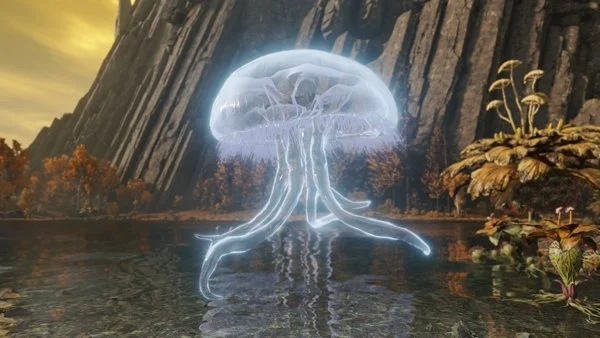current difficulties
- Day 21 - Keypad Conundrum: 01h01m23s
- Day 17 - Chronospatial Computer: 44m39s
- Day 15 - Warehouse Woes: 30m00s
- Day 12 - Garden Groups: 17m42s
- Day 20 - Race Condition: 15m58s
- Day 14 - Restroom Redoubt: 15m48s
- Day 09 - Disk Fragmenter: 14m05s
- Day 16 - Reindeer Maze: 13m47s
- Day 22 - Monkey Market: 12m15s
- Day 13 - Claw Contraption: 11m04s
- Day 06 - Guard Gallivant: 08m53s
- Day 08 - Resonant Collinearity: 07m12s
- Day 11 - Plutonian Pebbles: 06m24s
- Day 18 - RAM Run: 05m55s
- Day 04 - Ceres Search: 05m41s
- Day 23 - LAN Party: 05m07s
- Day 02 - Red Nosed Reports: 04m42s
- Day 10 - Hoof It: 04m14s
- Day 07 - Bridge Repair: 03m47s
- Day 05 - Print Queue: 03m43s
- Day 03 - Mull It Over: 03m22s
- Day 19 - Linen Layout: 03m16s
- Day 01 - Historian Hysteria: 02m31s


21!
Finally managed to beat this one into submission.
P1
I created this disgusting mess of a recursive search that happened to work. This problem was really hard to think about due to the levels of indirection. It was also hard because of a bug I introduced into my code that would have been easy to debug with more print statements, but hubris.
P2
Recursive solution from P1 was too slow, once I was at 7 robots it was taking minutes to run the code. It didn’t take long to realise that you don’t really care about where the robots other than the keypad robot and the one controlling the keypad robot are since the boundary of each state needs all the previous robots to be on the A button. So with memoisation, you can calculate all the shortest paths for a given robot to each of the directional inputs in constant time, so O(kn) all up where n is the number of robots (25) and k is the complexity of searching for a path over 5 or 11 nodes.
What helped was looking at the penultimate robot’s button choices when moving the keypad robot. After the first one or two levels, the transitions settle into the table in the appendix. I will not explain the code.
appendix
(P(0, 1), P(0, 1)): [], (P(0, 1), P(0, 2)): [btn.r], (P(0, 1), P(1, 0)): [btn.d, btn.l], (P(0, 1), P(1, 1)): [btn.d], (P(0, 1), P(1, 2)): [btn.d, btn.r], (P(0, 2), P(0, 1)): [btn.l], (P(0, 2), P(0, 2)): [], (P(0, 2), P(1, 0)): [btn.d, btn.l, btn.l], (P(0, 2), P(1, 1)): [btn.l, btn.d], (P(0, 2), P(1, 2)): [btn.d], (P(1, 0), P(0, 1)): [btn.r, btn.u], (P(1, 0), P(0, 2)): [btn.r, btn.r, btn.u], (P(1, 0), P(1, 0)): [], (P(1, 0), P(1, 1)): [btn.r], (P(1, 0), P(1, 2)): [btn.r, btn.r], (P(1, 1), P(0, 1)): [btn.u], (P(1, 1), P(0, 2)): [btn.u, btn.r], (P(1, 1), P(1, 0)): [btn.l], (P(1, 1), P(1, 1)): [], (P(1, 1), P(1, 2)): [btn.r], (P(1, 2), P(0, 1)): [btn.l, btn.u], (P(1, 2), P(0, 2)): [btn.u], (P(1, 2), P(1, 0)): [btn.l, btn.l], (P(1, 2), P(1, 1)): [btn.l], (P(1, 2), P(1, 2)): [],